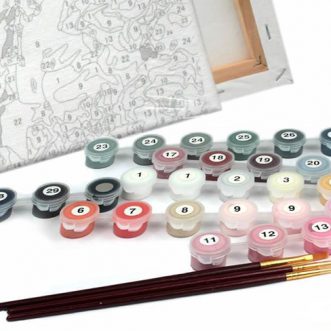
Top-down, bottom-up
I get the feeling that top-down thinking is very unfashionable at the moment. It smacks too much of command-and-control, over-complicated buraeucracy, and having things ‘done to you’ instead of ‘done with you’ – or even ‘done by you’.
Bottom-up thinking is great for quick wins, incremental change and emergent consensus, but top-down can uncover opportunities for radical change that bottom-up thinking will miss, because you’re asking higher-level questions – “How should we keep our promise?”, rather than “How do we open the office?”.
And often, by answering these high-level questions, we can remove whole chunks of low-level procedure that would otherwise go unquestioned.
We shouldn’t let our thinking get trapped in our organisational structure.




![“People will always need [insert ancient profession here]”](https://disciplinemakesdaringpossible.com/wp-content/uploads/2019/01/Balance_sheet_Mesopotamia_Louvre_AO6036-331x331.jpg)



